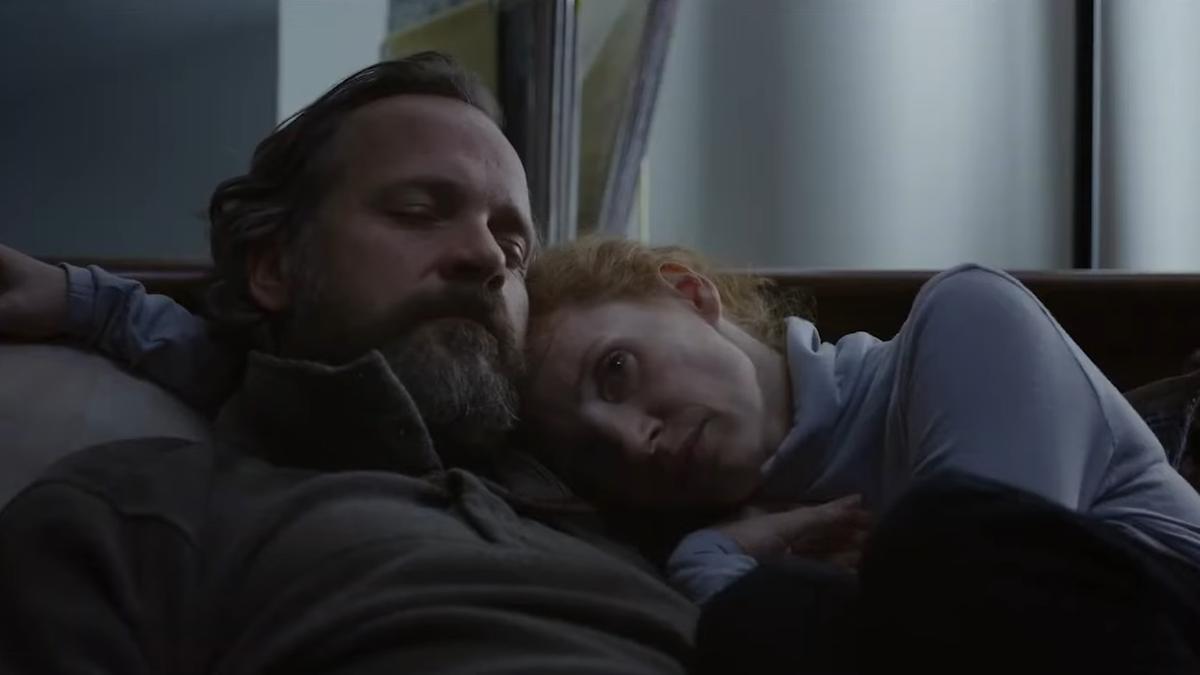In Michel Franco’s ‘Memory,’ memory itself becomes a fragile thing. For Saul, it is something that he cannot hold on to. He has early-onset dementia, and the illness is slowly chipping away at him. Meanwhile, for Sylvia, the memory of the trauma she suffered as a child still haunts her and has prevented her from forming any lasting connections. Despite all this, they find one another, and an unlikely relationship develops between them. The film approaches their story in a way that seems all too realistic and familiar. The actors elevate it with their performances, and it feels so real that one is bound to wonder if the subjects of the film are based on real people. SPOILERS AHEAD
Sylvia and Saul are Fictional But Mimic Reality

For writer-director Michel Franco, the idea to write ‘Memory’ came from two places. He revealed that he has always been terrified by the idea of losing one’s memories and, hence, themselves in the process. A close friend of his had both of his in-laws suffer from advanced-stage dementia, and in talking to him, Franco got to know a lot about the person suffering directly from the illness and the person taking care of them. In the same vein, he’d also heard stories of sexual and child abuse, and while he didn’t have a first-hand experience with these things, he’d met or known people who’d been through such traumatic experiences.
When Franco started writing the story, he wondered if he could have two broken people together and what life would look like for them. How would they find that sense of belonging and comfort with each other, if at all? That’s what led him to create the characters of Sylvia and Saul. Once Jessica Chastain and Peter Sarsgaard came on board to play the roles, they brought their own experiences and research into the matter.
For Sarsgaard, playing the role of someone who is dealing with the early stage of dementia was challenging, but it was something he didn’t want to portray incorrectly. However, he also didn’t know how to approach people with dementia and get to know their stories so he could inform his performance as Saul. He talked to the co-author of ‘American Dementia,’ Dr Peter Whitehouse, who told the actor how different the illness looked for each person. There wasn’t any particular way for him to play the role because there were no set parameters of how it affected someone.

Still, the actor got in touch with a few people who were in the early stages of dementia and discovered how much they were still in control of themselves while also feeling things slipping away from them. He had phone calls with two men and noticed the things they would remember, which he then inculcated in playing Saul. One of those things was the use of Post-it notes and writing in little notebooks to remember things happening around him, something that Saul, too, does in the movie. The actor also mentioned a group called Reimagining Dementia in informing his approach to the role.
For Saul, the problem is forgetting things; for Sylvia, it is the remembering that haunts her days. While the film only gives us smudges of the character’s background, Chastain developed an entire background story for her character, down to the details, so she was in control of the character’s memories and hence informed her behavior in different situations. While most of the things from Sylvia’s background never made it into the film, for Chastain, just knowing all that helped her a lot to tap into the character and elevate the performance.
With all this in mind, we can say that Saul and Sylvia are not based on real people. However, Michel Franco wrote them as real people with problems that feel closer to reality. His exploration of the coming together of two people who have told themselves and have been told by others that they cannot find happiness together pushed him to write a story where love lives against all odds, making it feel all the more real to the audience.
Read More: Memory (2023) Ending: Do Saul and Sylvia End Up Together?


You must be logged in to post a comment.